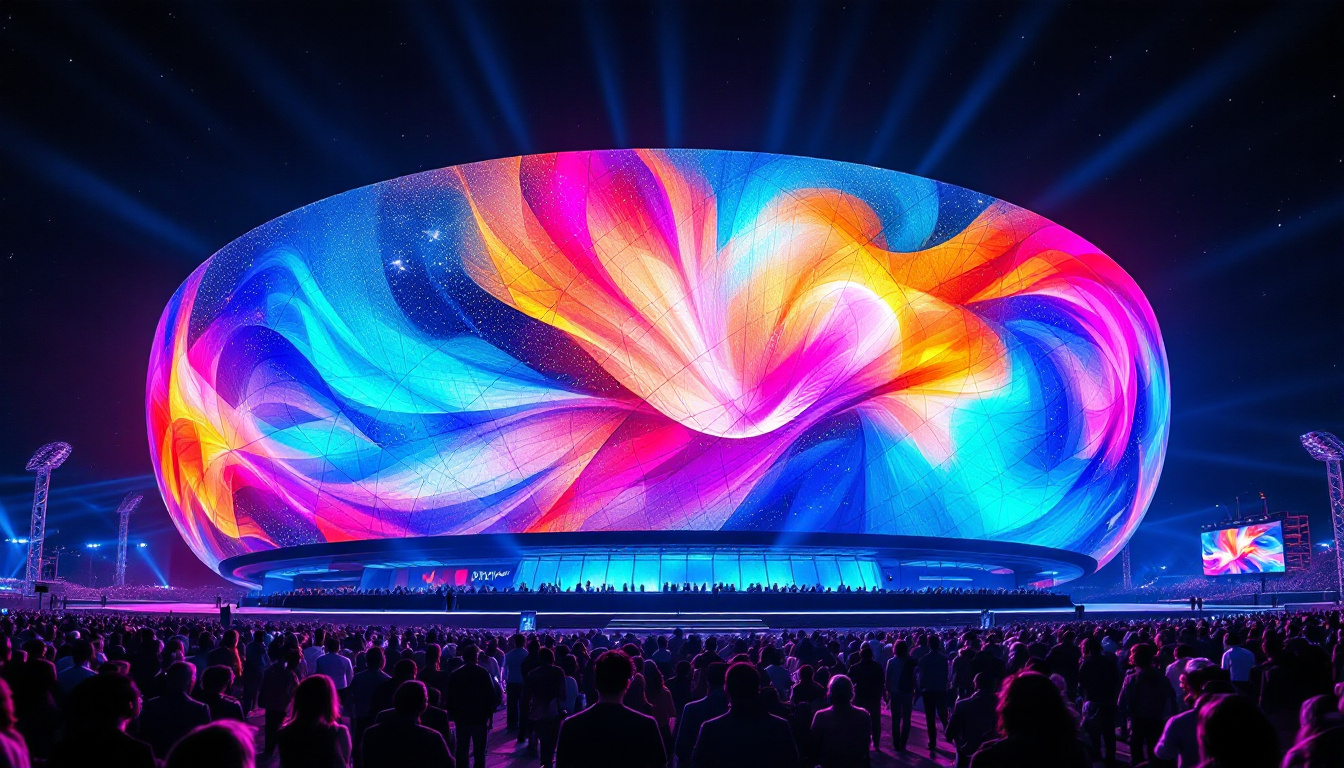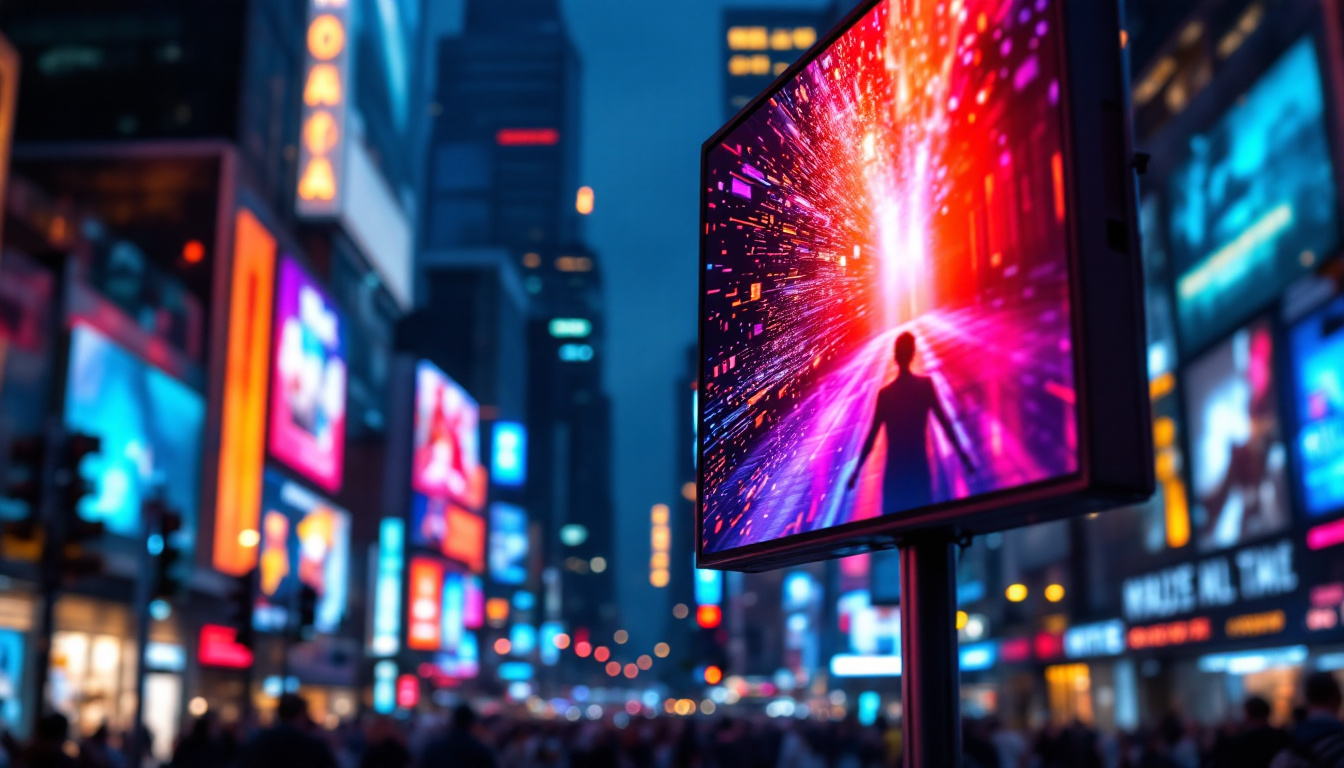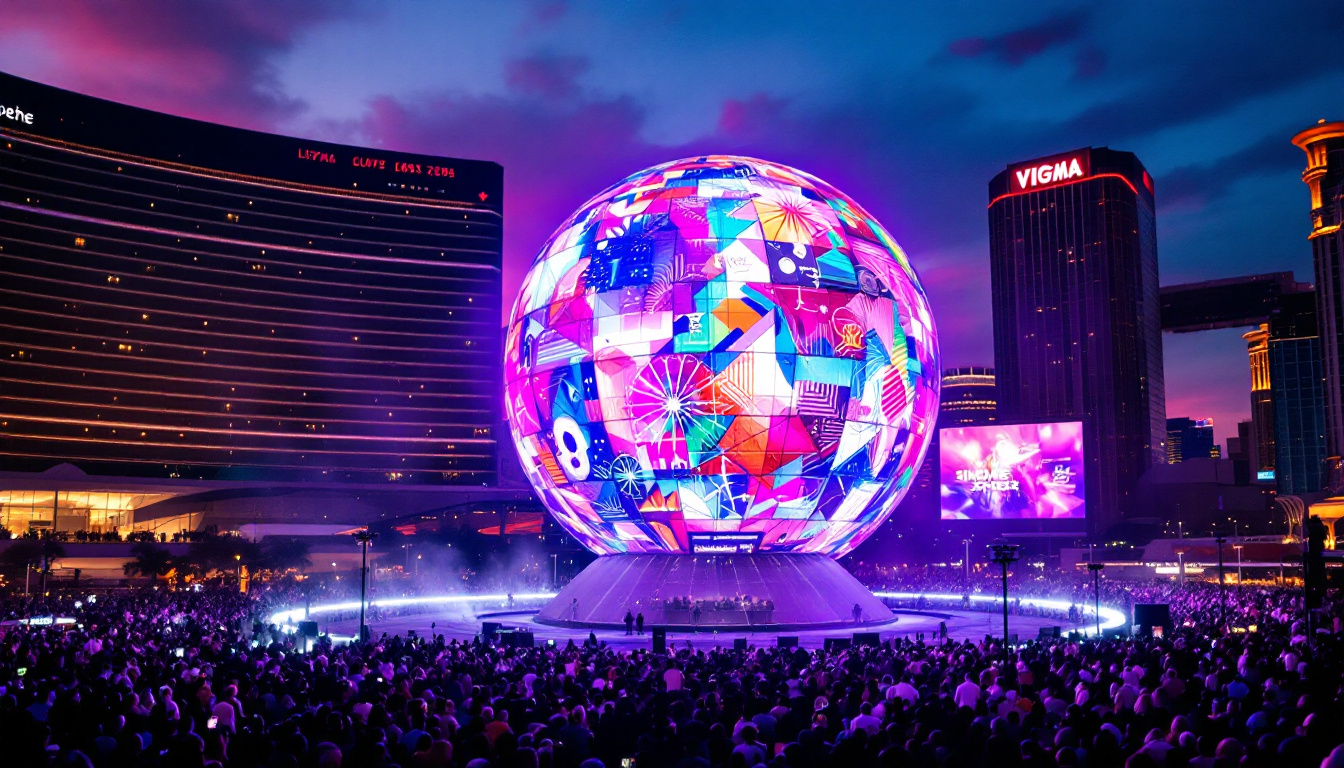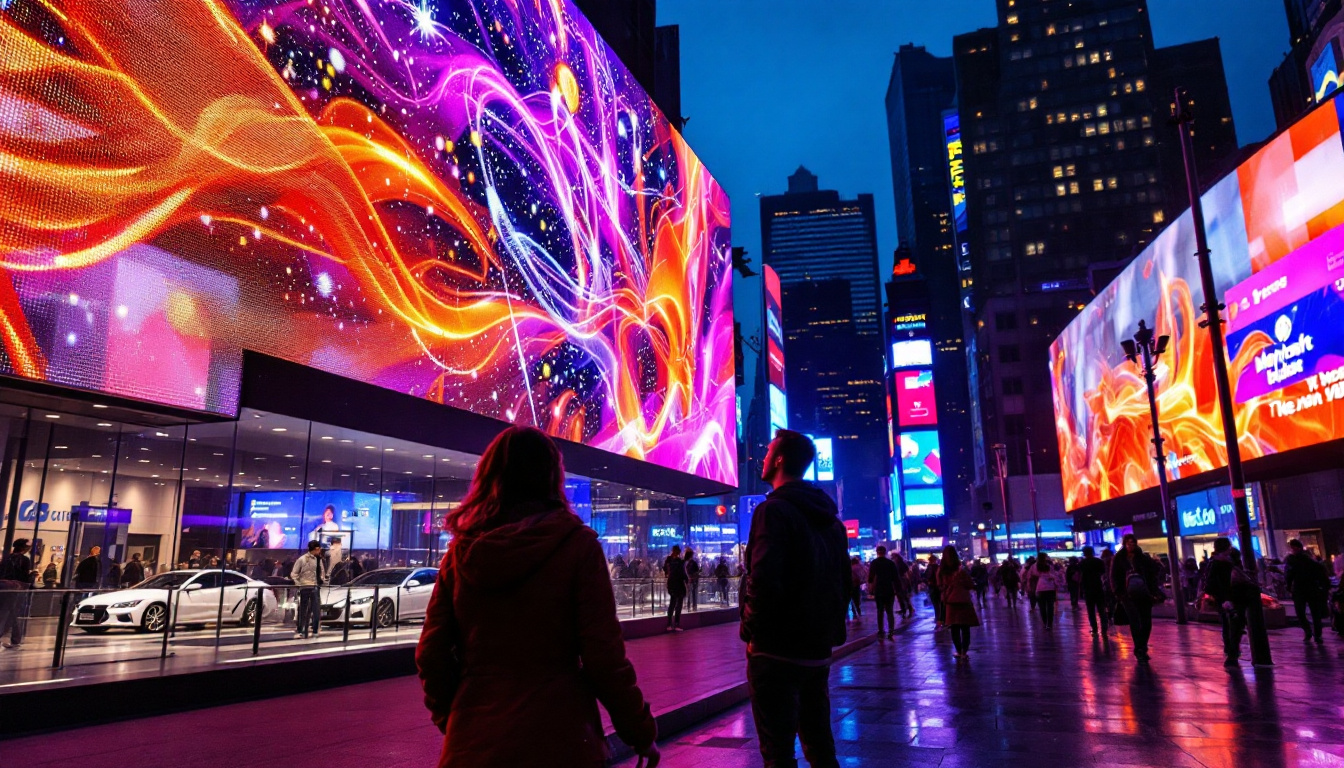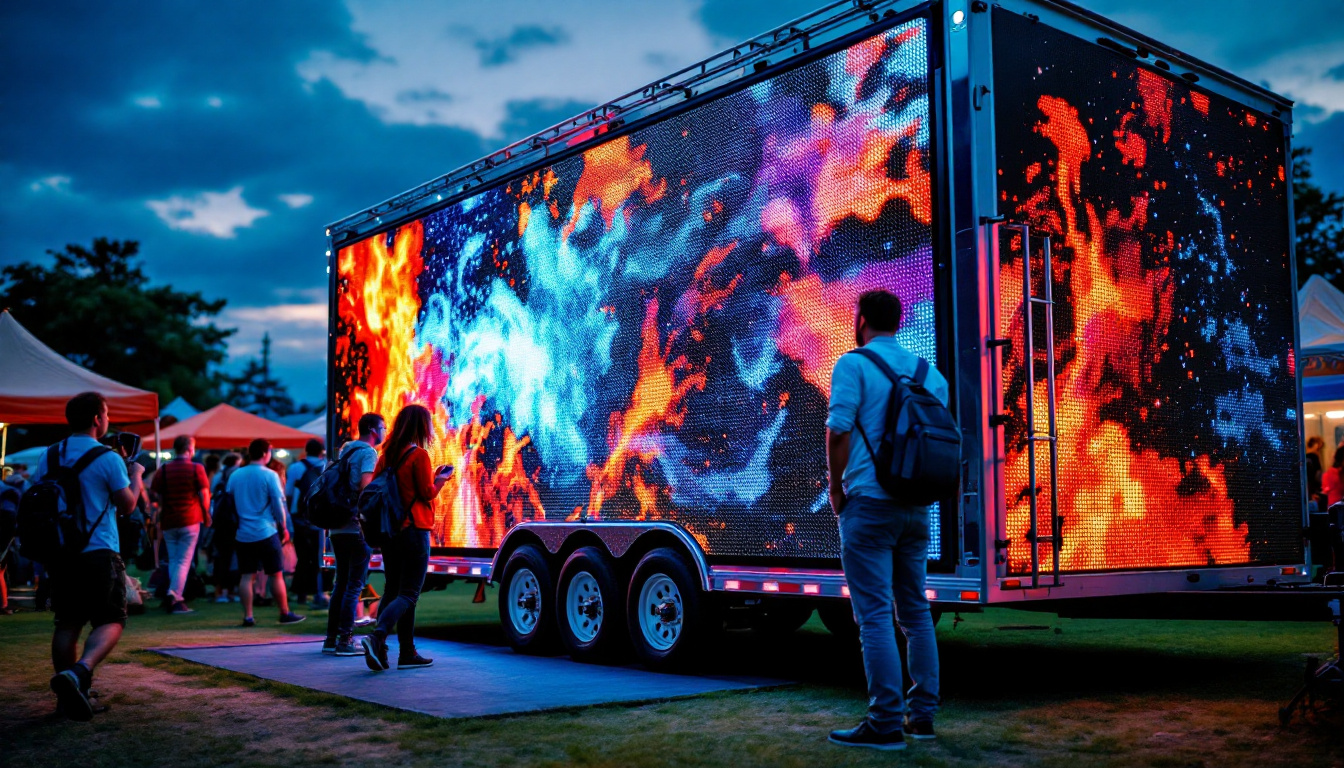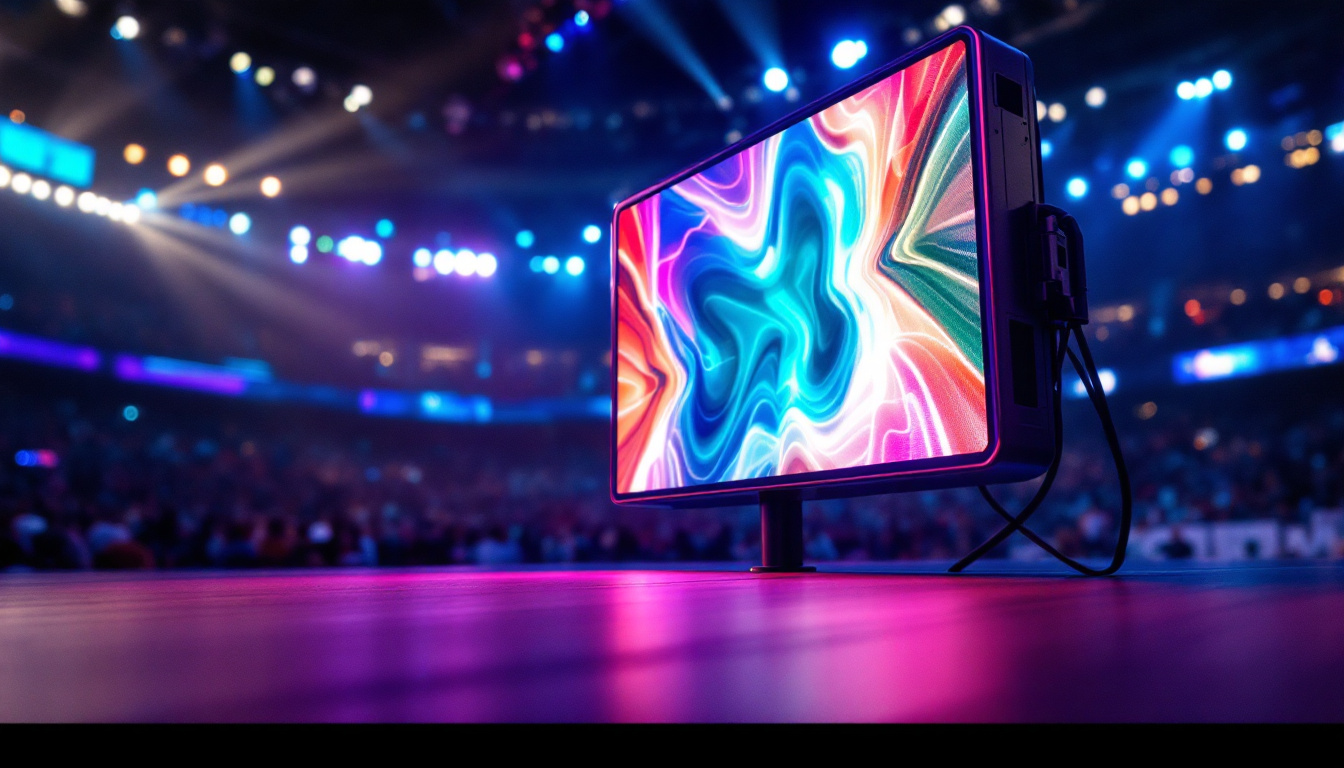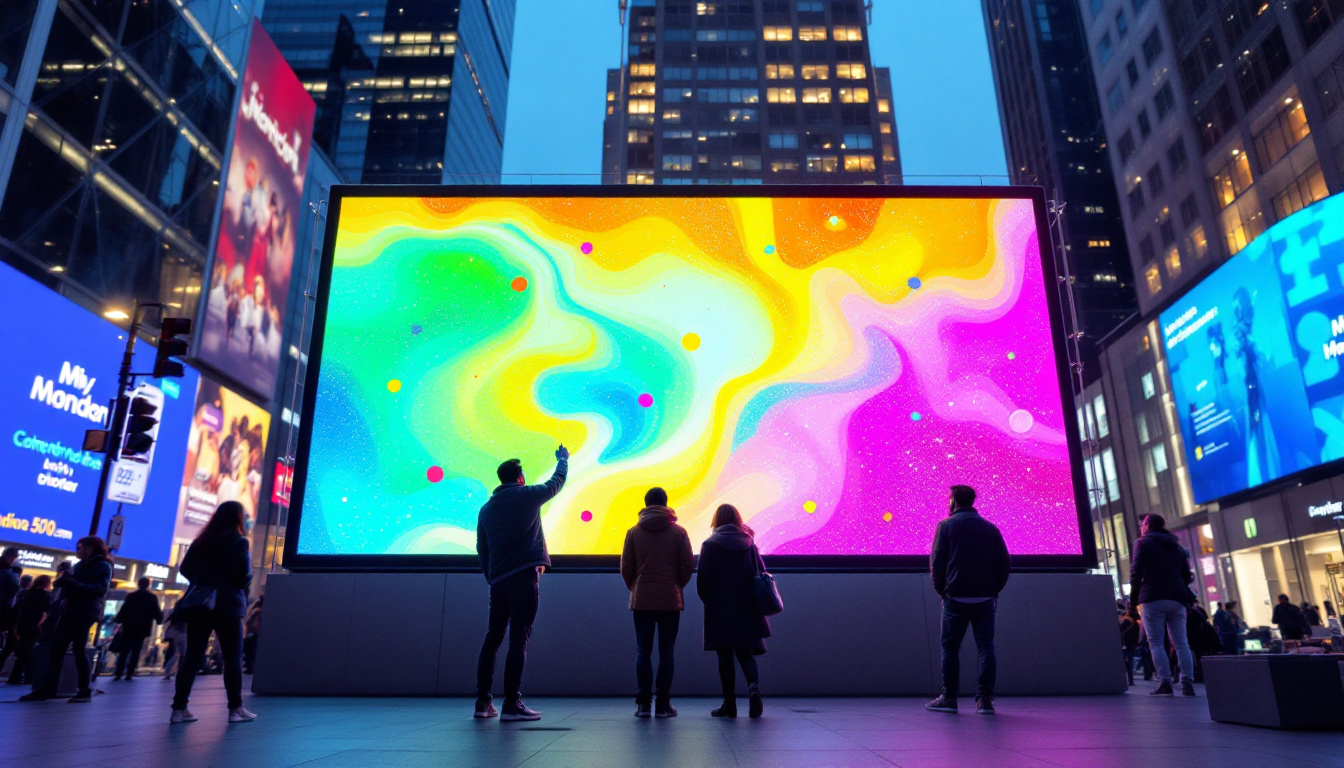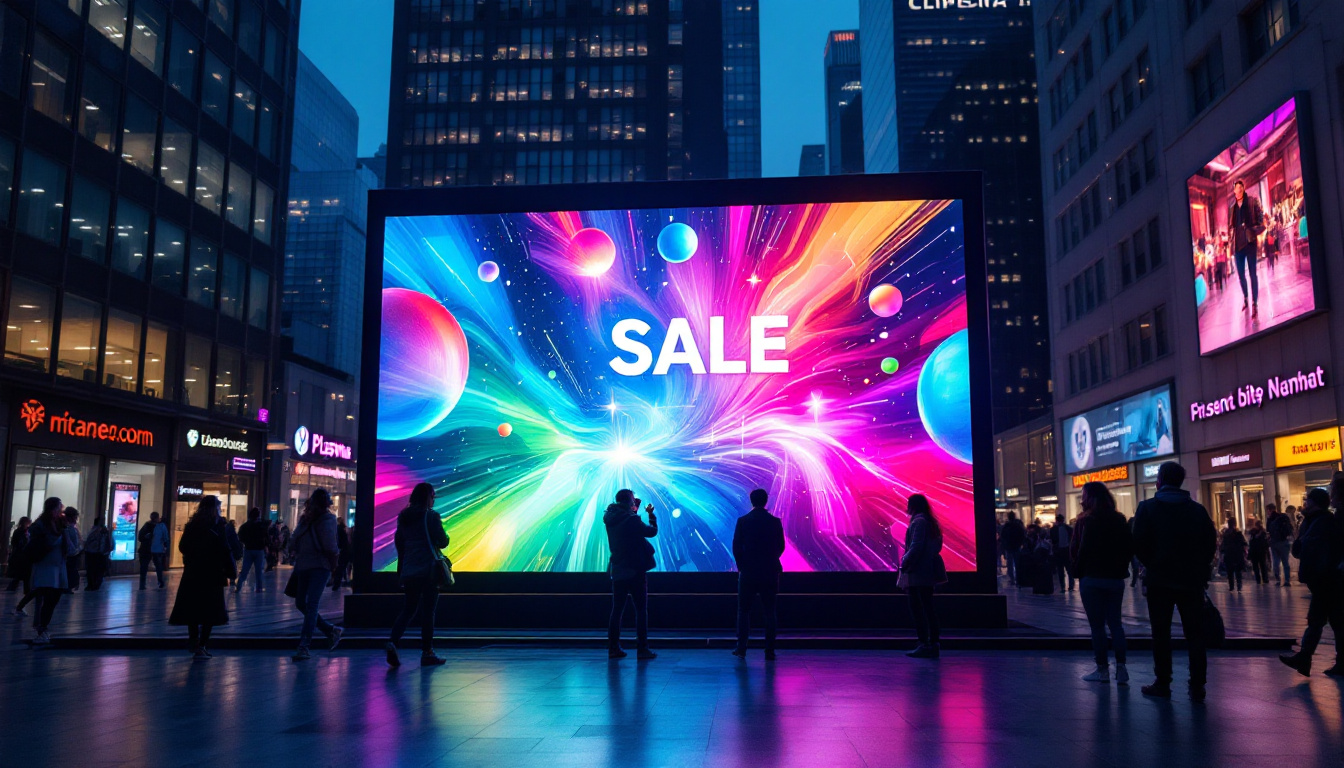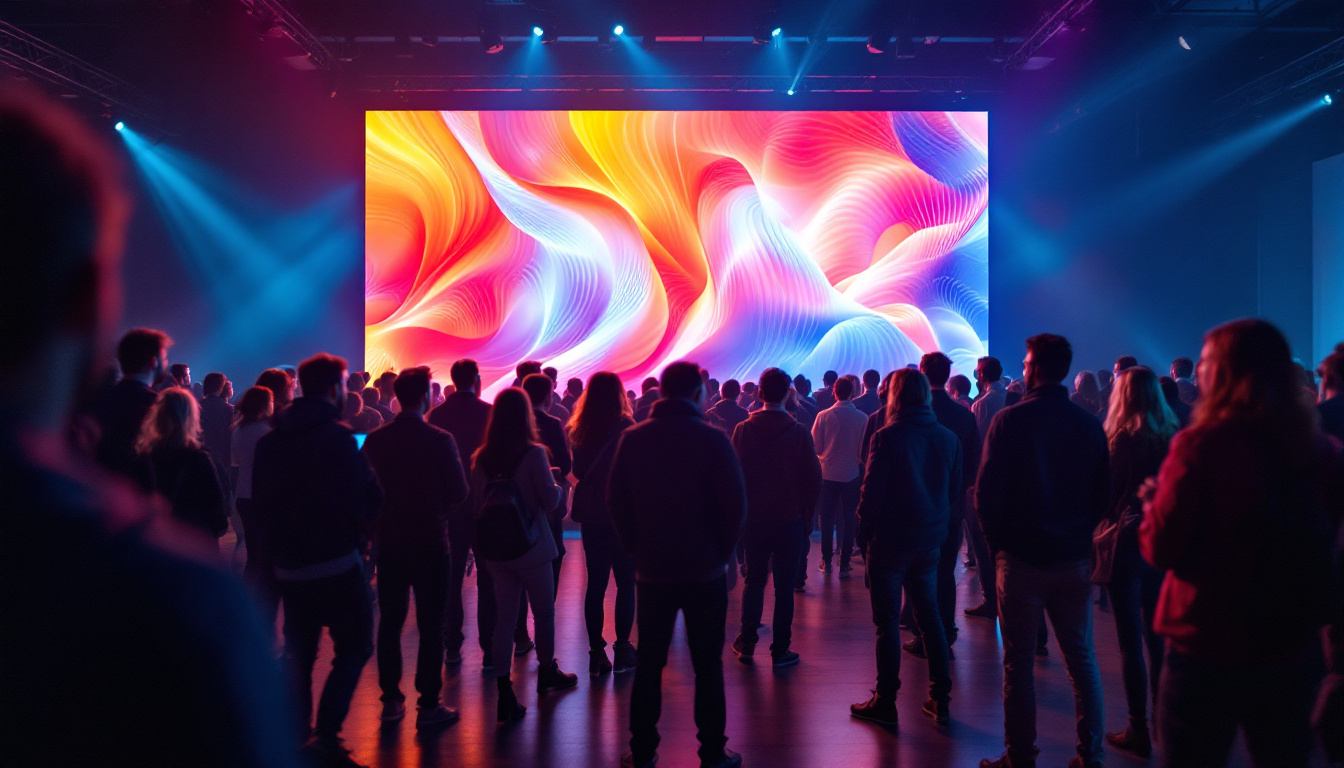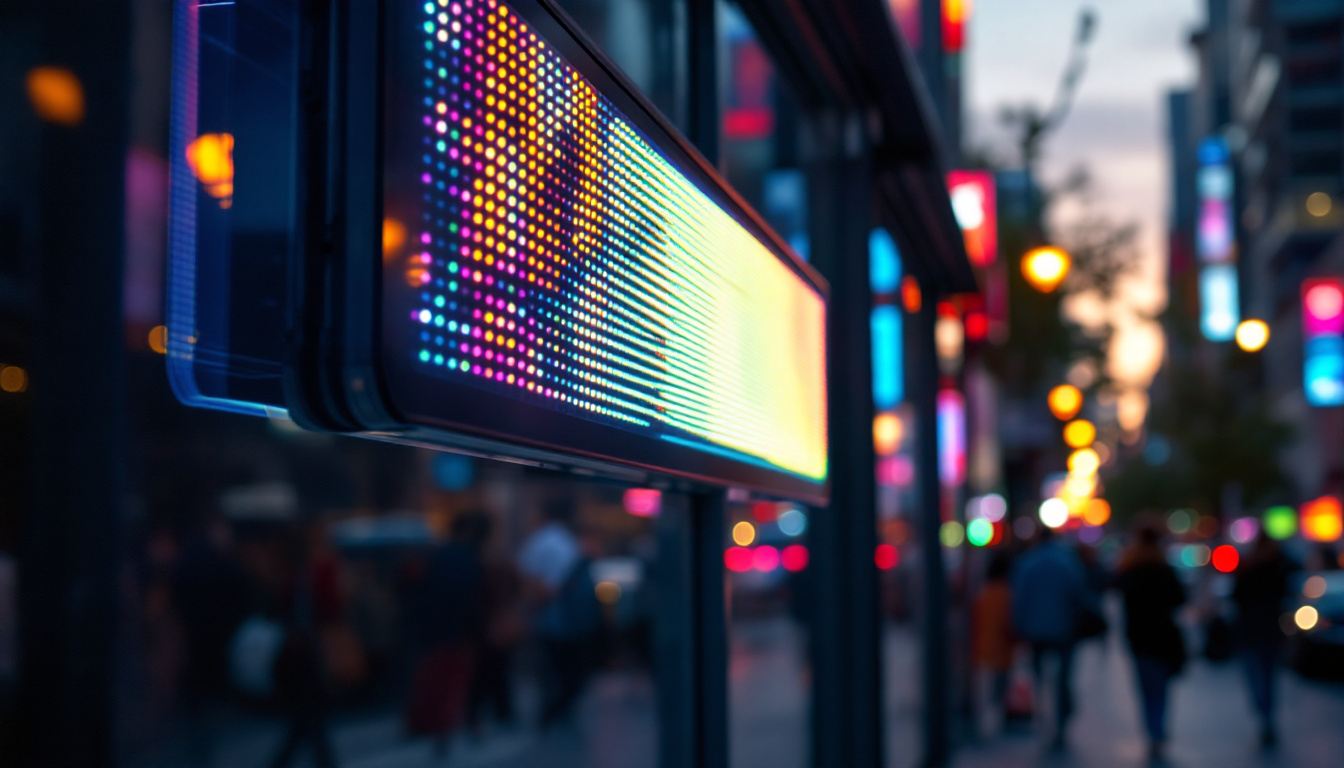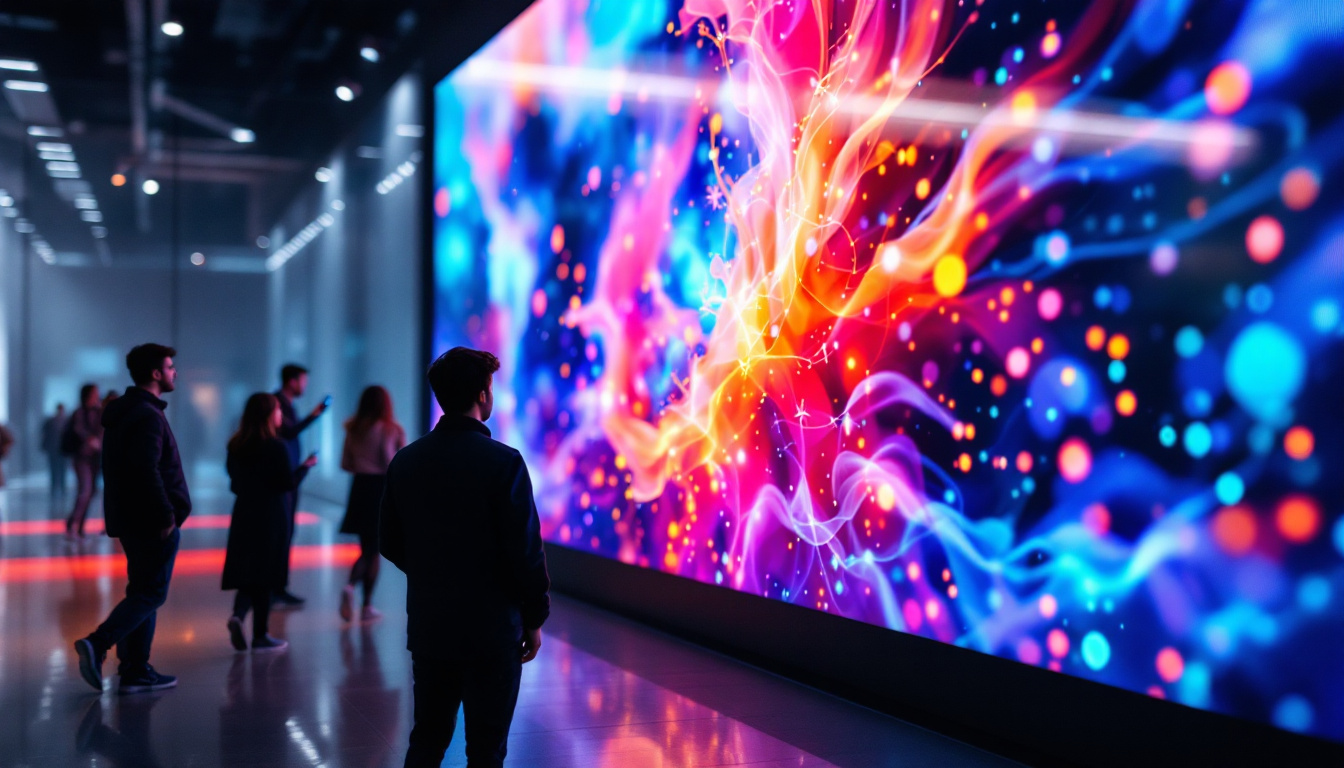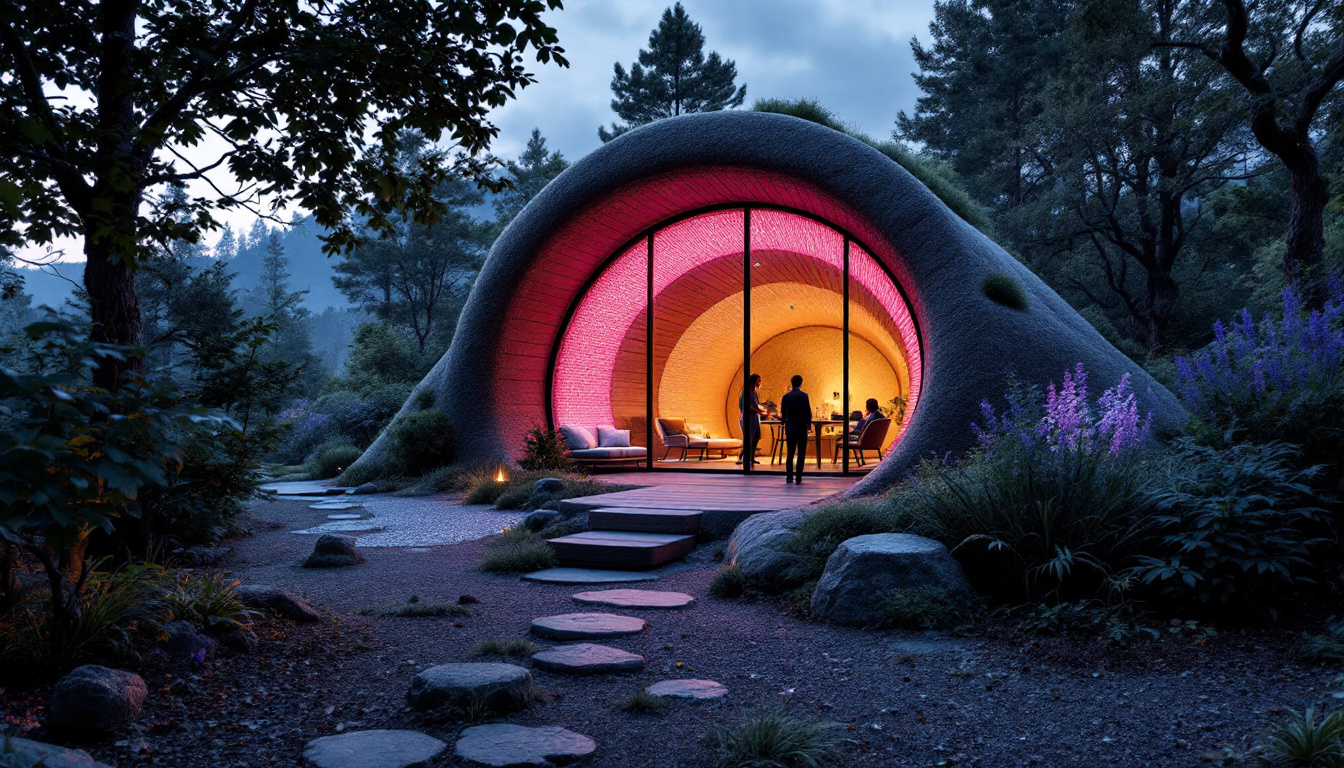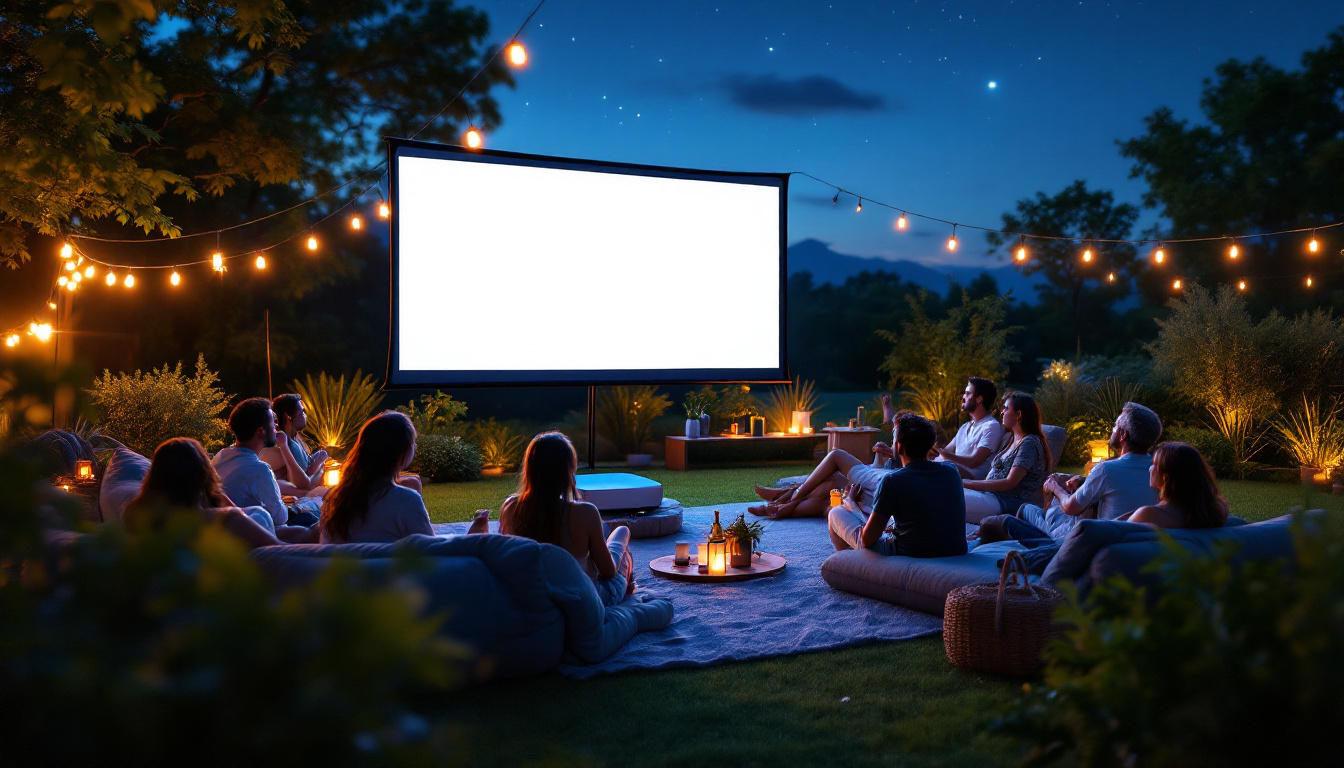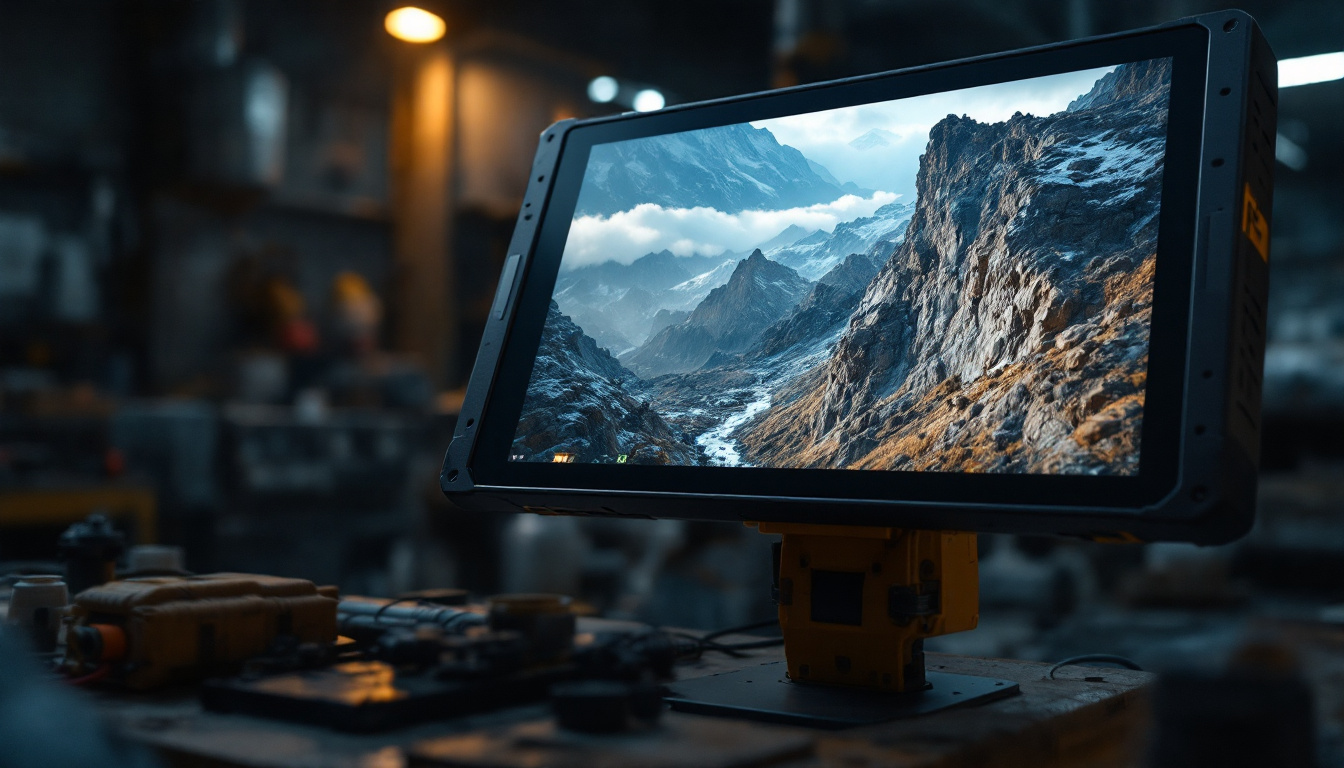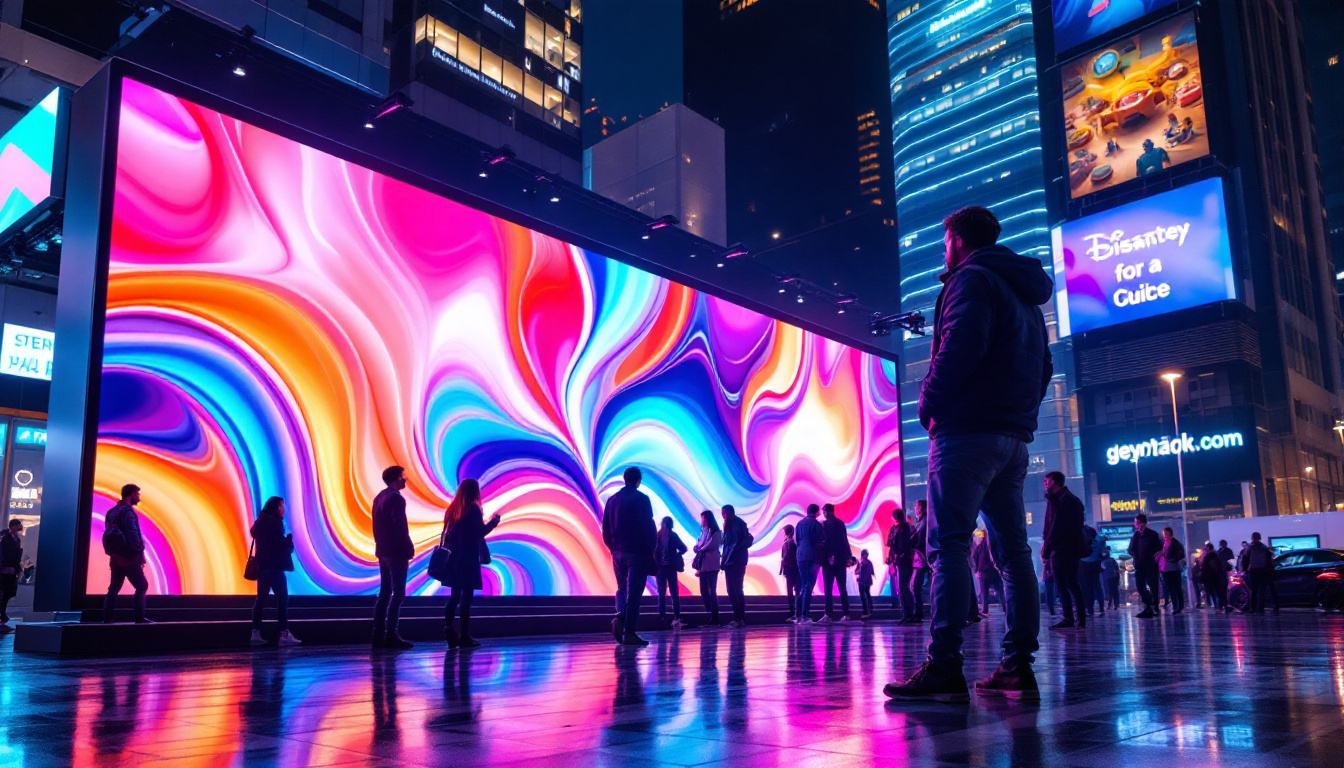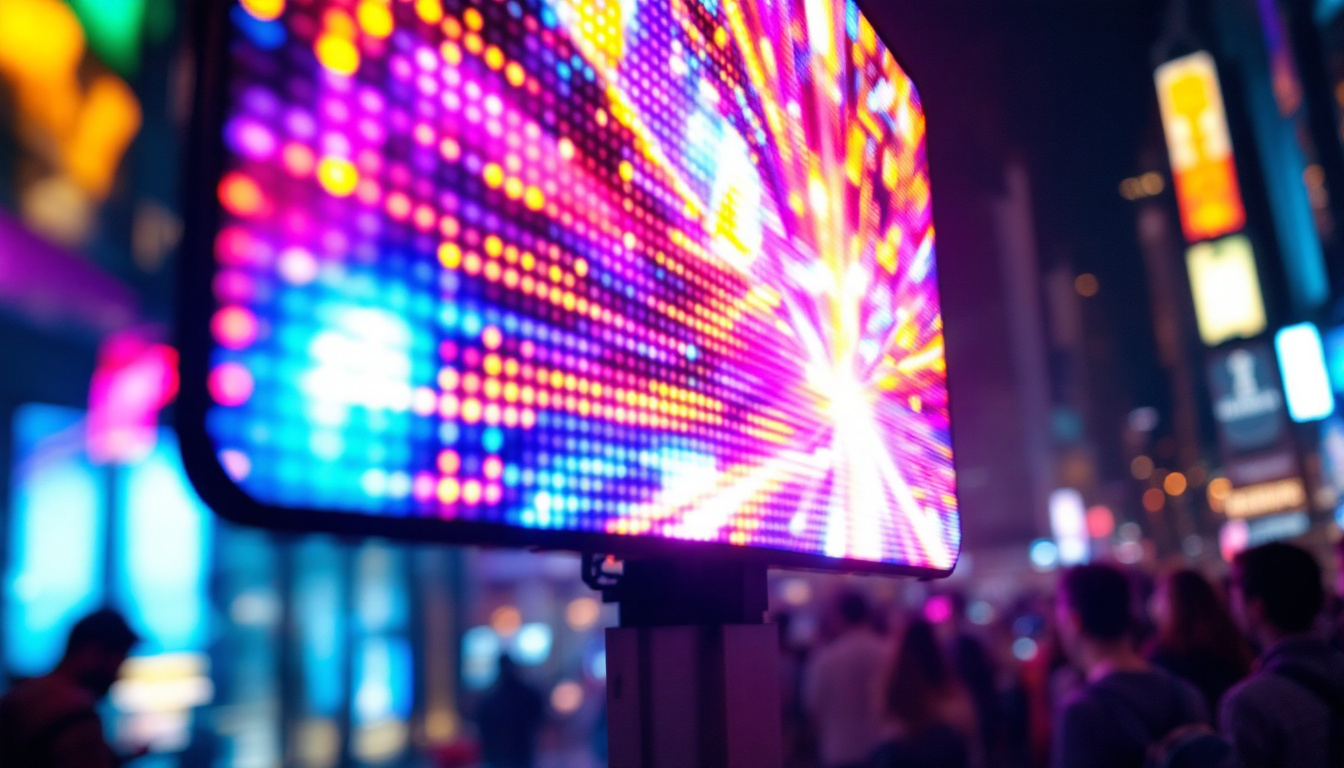The Sphere Stadium, a revolutionary venue in the world of entertainment and sports, has captured the attention of audiences worldwide. One of its most striking features is the state-of-the-art LED display that envelops the structure, creating an immersive experience for spectators. This article delves into the intricacies of the LED display at Sphere Stadium, exploring its technology, applications, and the impact it has on the overall experience of visitors.
Understanding LED Technology
LED, or Light Emitting Diode, technology has transformed the way visual content is displayed. Unlike traditional lighting, LEDs are energy-efficient, durable, and capable of producing vibrant colors. This section will explore the fundamentals of LED technology and its significance in modern display systems.
How LED Works
At its core, an LED is a semiconductor device that emits light when an electric current passes through it. This process, known as electroluminescence, allows LEDs to generate bright light with minimal energy consumption. The combination of red, green, and blue (RGB) LEDs can produce a wide spectrum of colors, making it ideal for dynamic displays.
LEDs are also compact and lightweight, which facilitates creative architectural designs. In the context of Sphere Stadium, this technology enables the construction of a massive, spherical display that can deliver high-resolution visuals from virtually any angle. Additionally, the modular nature of LED panels allows for flexible configurations, enabling designers to create unique shapes and sizes that enhance the overall aesthetic of a venue.
Advantages of LED Displays
LED displays offer several advantages over traditional projection systems and LCD screens. First and foremost is their brightness; LEDs can produce vivid images even in well-lit environments. This feature is crucial for outdoor venues like Sphere Stadium, where sunlight can wash out other types of displays.
Moreover, LED displays boast a longer lifespan and lower maintenance costs. With proper care, an LED screen can last over a decade, significantly reducing the need for replacements. Additionally, their energy efficiency contributes to lower operational costs, making them an attractive option for large venues. Beyond cost savings, the environmental impact of using LEDs is also noteworthy. As they consume less power, they help reduce carbon footprints, aligning with the growing demand for sustainable practices in event management and venue operations.
Furthermore, LED technology allows for advanced features such as dynamic content management and real-time updates. This capability is particularly beneficial for sporting events and concerts, where live feeds, scores, and interactive graphics can be displayed seamlessly. The integration of smart technology with LED systems also opens up possibilities for audience engagement, creating immersive experiences that captivate viewers and enhance their connection to the event. As the technology continues to evolve, we can expect even more innovative applications that push the boundaries of visual storytelling.
The Sphere Stadium Experience
Sphere Stadium is not just a venue; it’s an experience. The LED display plays a central role in creating an atmosphere that engages and captivates audiences. This section will examine how the LED technology enhances the overall experience for visitors.
Immersive Visuals
The LED display at Sphere Stadium is designed to envelop the audience in a 360-degree visual experience. This immersive feature allows for stunning visuals that can transform the atmosphere of any event. Whether it’s a concert, a sports game, or a corporate event, the dynamic visuals can adapt to the theme, enhancing the emotional impact of the occasion.
For instance, during a concert, the display can showcase vibrant animations and graphics that synchronize with the music, creating a multisensory experience that resonates with attendees. This level of engagement is unparalleled, making every event at Sphere Stadium memorable.
Real-Time Information and Interaction
In addition to entertainment, the LED display serves a practical purpose by providing real-time information to the audience. This functionality is particularly beneficial during sports events, where live scores, player statistics, and instant replays can be displayed seamlessly. Such features keep fans informed and engaged, enhancing their overall experience.
Moreover, the interactive capabilities of the LED display allow for audience participation. For example, fans can engage through social media, with their posts being displayed on the screen in real-time. This interaction fosters a sense of community among attendees, making them feel more connected to the event.
Design and Installation of the LED Display
The design and installation of the LED display at Sphere Stadium are feats of engineering that require meticulous planning and execution. This section will explore the challenges and innovations involved in bringing this massive display to life.
Architectural Integration
One of the most significant challenges in designing the LED display was integrating it into the unique spherical architecture of the stadium. The display needed to be both functional and aesthetically pleasing, ensuring that it complemented the overall design of the venue.
To achieve this, engineers and designers collaborated closely, utilizing advanced modeling software to visualize how the display would fit into the structure. The result is a seamless integration that enhances the stadium’s iconic silhouette while providing a stunning visual experience.
Installation Challenges
The installation of such a large-scale LED display is no small feat. It requires specialized equipment and skilled technicians to ensure that every panel is correctly aligned and functioning. The process involves careful planning, from logistics to safety protocols, to ensure that the installation goes smoothly.
Additionally, the installation team must consider factors such as weather conditions and accessibility. Given the scale of the Sphere Stadium, working at heights and managing the intricate wiring of the LED panels posed significant challenges that required innovative solutions.
Content Creation for the LED Display
The content displayed on the LED screen is just as important as the technology itself. This section will delve into the creative processes behind the visuals that captivate audiences at Sphere Stadium.
Creative Collaboration
Creating content for the LED display involves collaboration between artists, designers, and technical teams. The goal is to produce visuals that not only entertain but also resonate with the audience. This collaborative effort ensures that the content aligns with the theme of each event, whether it’s a sports game or a concert.
Moreover, the use of cutting-edge software allows creators to design dynamic visuals that can adapt in real-time. This flexibility is crucial for live events, where spontaneity can enhance the overall experience.
Tailored Experiences
Each event at Sphere Stadium presents an opportunity to tailor the content specifically for the audience. For instance, during a sports event, the visuals can include team colors, logos, and highlights that resonate with fans. In contrast, a concert may feature visuals that reflect the artist’s style and music.
This level of customization not only enhances the experience but also creates a deeper connection between the audience and the event. Attendees are more likely to remember an event that feels personal and engaging.
Environmental Considerations
As the world becomes increasingly aware of environmental issues, the Sphere Stadium has taken steps to ensure that its LED display is as eco-friendly as possible. This section will explore the sustainability practices associated with the technology.
Energy Efficiency
One of the primary advantages of LED technology is its energy efficiency. Compared to traditional display technologies, LEDs consume significantly less power, which is crucial for a venue of Sphere Stadium’s size. This efficiency not only reduces operational costs but also minimizes the venue’s carbon footprint.
Additionally, the stadium has implemented smart energy management systems that monitor and optimize energy usage. These systems ensure that the LED display operates at peak efficiency, further enhancing its sustainability.
Recyclable Materials
Another aspect of the environmental strategy involves the materials used in the LED display. Many components are designed to be recyclable, reducing waste and promoting a circular economy. This commitment to sustainability extends beyond the display itself, influencing other aspects of the stadium’s construction and operation.
By prioritizing eco-friendly practices, Sphere Stadium sets a precedent for future venues, demonstrating that entertainment and sustainability can go hand in hand.
The Future of LED Displays in Entertainment Venues
The success of the LED display at Sphere Stadium has implications for the future of entertainment venues worldwide. As technology continues to evolve, the possibilities for LED displays are expanding. This section will explore potential trends and innovations on the horizon.
Advancements in Display Technology
As technology progresses, LED displays are becoming even more advanced. Innovations such as microLED and organic LED (OLED) are paving the way for higher resolution and more vibrant colors. These advancements will enable venues to create even more immersive experiences, captivating audiences in ways previously thought impossible.
Furthermore, the integration of augmented reality (AR) and virtual reality (VR) with LED displays is on the rise. This combination has the potential to create interactive experiences that blend the physical and digital worlds, offering audiences a new level of engagement.
Expanding Applications
The applications of LED displays are not limited to sports and concerts. As the technology becomes more accessible, it is likely to find its way into various sectors, including corporate events, art installations, and public displays. This versatility makes LED displays an attractive option for any organization looking to enhance its visual communication.
Moreover, as more venues adopt LED technology, the industry will continue to innovate, pushing the boundaries of what is possible in visual storytelling.
Conclusion
The LED display at Sphere Stadium represents a significant leap forward in the world of entertainment technology. Its ability to create immersive experiences, provide real-time information, and engage audiences sets a new standard for venues worldwide. As technology continues to evolve, the potential for LED displays is limitless, promising exciting developments in the years to come.
By embracing innovation and sustainability, Sphere Stadium not only enhances the experience for its visitors but also paves the way for the future of entertainment. The integration of cutting-edge technology, creative content, and environmental consciousness ensures that Sphere Stadium remains at the forefront of the entertainment industry, captivating audiences for generations to come.
Illuminate Your Venue with LumenMatrix
Ready to elevate your entertainment or sporting venue with the same immersive visual experiences that define Sphere Stadium? Discover LumenMatrix’s comprehensive range of LED display solutions tailored to your unique needs. From vibrant Indoor LED Wall Displays to dynamic Outdoor LED Wall Displays, and from engaging LED Sports Displays to innovative Custom LED Displays, LumenMatrix is at the forefront of transforming spaces and events. Embrace the future of visual communication and check out LumenMatrix LED Display Solutions today to create unforgettable experiences for your audience.

